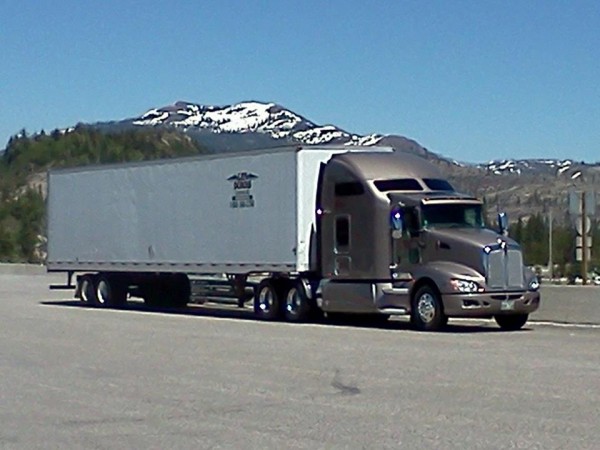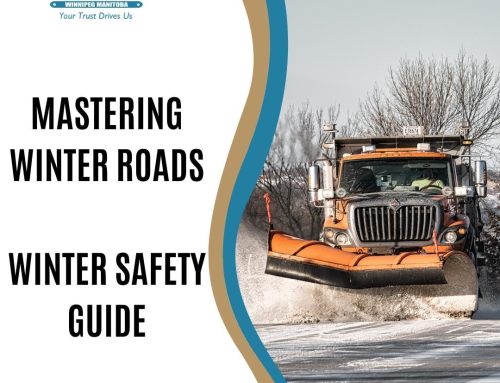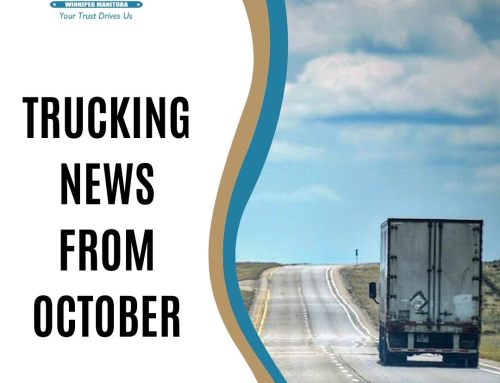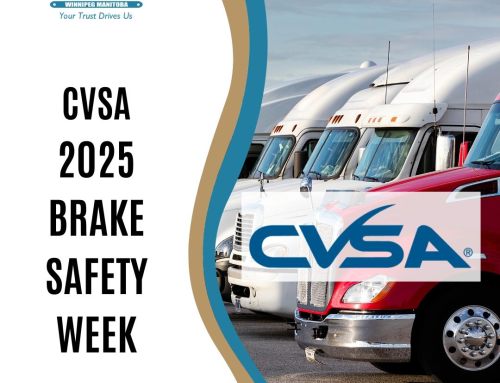Truck Drivers and Mountain Driving
There’s no replacement for experience in trucking. The more miles you put under your belt, the more experiences you have. Truck drivers who’ve been doing this job for years and decades have experienced more, and different, situations and we still learn something new every day.
There’s no replacement for mountain driving experience either. Mountain driving is one of those things that is a bit nerve-wracking. It can be slow going especially when you’re heavy and/or in the winter season.
Winter mountain driving is especially intimidating for newer drivers. Not only are you dealing with elevation but the severe and unpredictable weather is thrown into the mix. Truckin’ ain’t easy.
Dangers of Mountain Truck Driving
Mountain driving has increased risk. Mountain roads can be incredibly scenic but you’re traveling in parts of the country which is historically difficult to traverse. Before modern times, travel through the mountains was deadly, and still is if you’re not careful.
Challenges in the mountains include:
- Loss of brakes or control on downgrades through mountain passes
Severe weather which can cause poor visibility, poor road surface due to snow and ice, and severe cross winds - Blind curves
- Agitated drivers (road rage)
- 2 lane highways make passing others more dangerous because of reduced sight lines
Mountain Driving Safety Tips
Let’s start with the thing we control – ourselves. Once you’re dispatched to run through the mountains, get into the mindset that there are going to be places where it’s slow going. You can’t avoid it. You’re going to be moving slower because of the weight of your truck while pulling the hills. You’re also going to be slowed by slower vehicles. In the winter you’ll have the weather to contend with and it can shut you down for a while. Keep calm and don’t take risks.
Don’t burn your brakes
Overheating, your brakes is the biggest concern for drivers when traveling through mountain passes. These can be mountain grades between 4%-7% (and sometimes higher in more rustic parts) that go for 10+ miles. That’s a long time to fight gravity that is trying to speed you up, while not applying the truck brakes too much.
Your truck brakes heat up as they’re used. They can get hot enough to start a tire fire. When they get too hot (from over application) they don’t generate the friction needed to slow the truck, and you’ll experience reduced performance, known as “brake fade”. They can fade away completely leaving you with no way of slowing the truck. There’s a term for this too. It’s called a “runaway truck”. You essentially have no control of the truck. If you are in this unfortunate position, take the runaway truck ramp as it’s the safest way to stop the truck. Brace yourself – it’s one heck of a rough ride.
Slow down to a speed, and a gear, where the jake brake can hold you at a consistent speed, without truck brake application, allowing you to limit the use of your truck brakes. Mountain passes have a slower speed limit for trucks. Obey these speed limits. You can set a slower speed below the speed limit if you feel the need due to heavy weight, construction zones, weather, or an abundance of truck traffic.
Check Weather and Trip Plan
Check weather reports, road conditions, and mountain passes. Weather and road conditions change rapidly in mountain areas. It can be nice in the low parts and be storming at the summit of a mountain. Check the weather reports often and before each mountain pass. you want to know what you’re driving into. shut down if the weather is too bad. Professionals know when they shouldn’t be on the road.
Also, check if there are chain up warnings before you start up a mountain. At Len Dubois Trucking we prefer drivers to wait out chain up warnings. Shut down, notify dispatch and affected shipper/receivers, and go when the warning stop. If you do get caught out and chain up warnings are active – you must chain up. This post has a short how-to video on chaining tires.
Curves and Odd Roads
Lastly, take it easy around sharp curves. Mountain roads have sharp curves unlike other parts of the country and they can be deceiving when you enter them. You can easily lose control, or tip over if you enter a sharp curve too traveling too fast.
Use Caution in the Mountains
Drivers new to trucking get nervous the first few times heading into the mountains. There’s really nothing to be afraid of – it’s just a new set of challenges. Use caution, take your time, obey signs, and plan your trip. That’s really what you need to do for every trip regardless of where you’re going.





